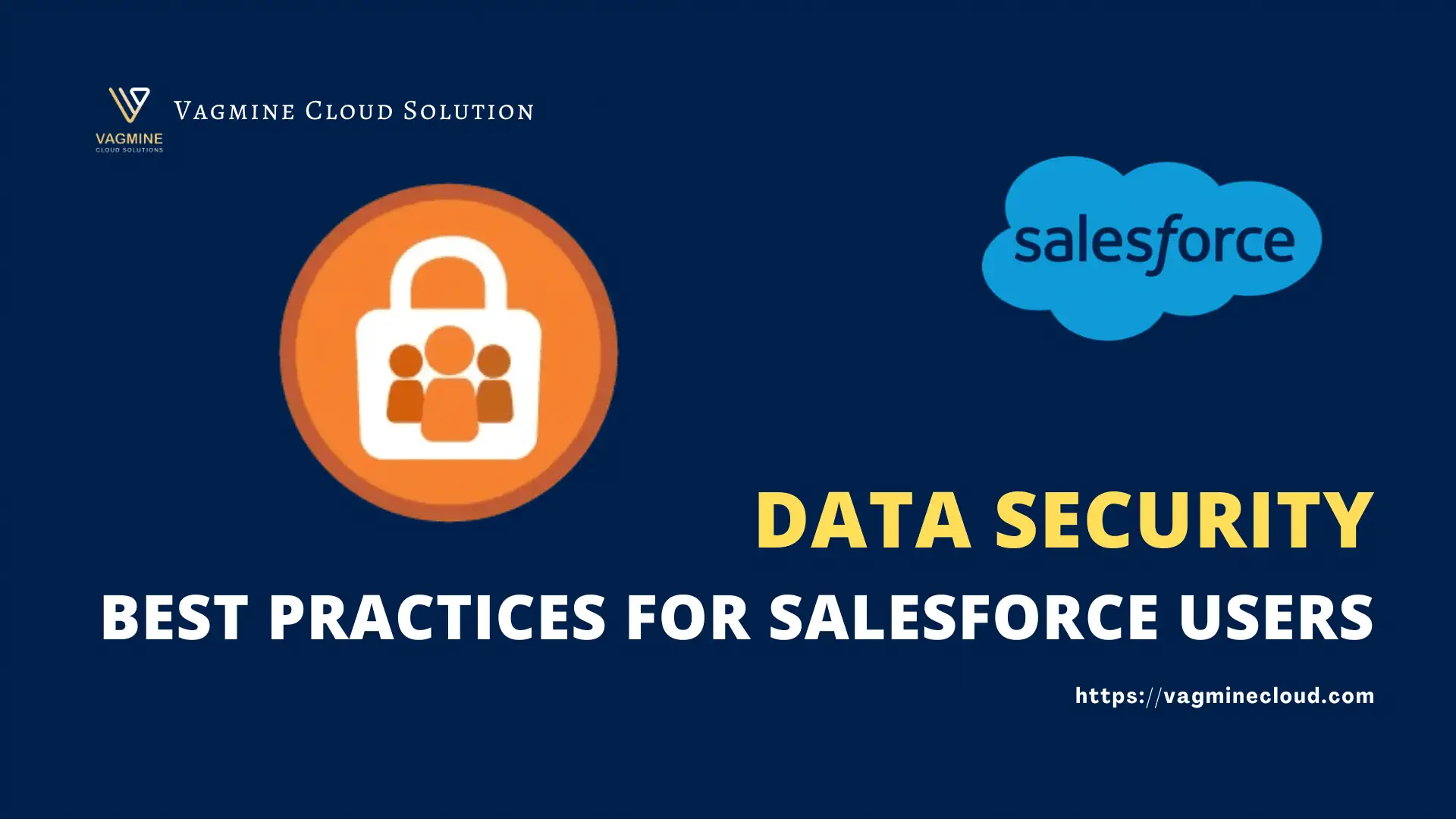
Salesforce prioritises data security, particularly when working with sensitive information including customer data, financial records, and secret corporate information. A strong data security plan not only protects your organisation from any intrusions, but it also builds confidence with your clients.
Importance of Data Security in Salesforce
Protecting Customer Trust
Salesforce frequently maintains important customer data in process of providing services. Customer data should be protected to win customer confidence, this way it will provide good reputation to businesses.
Compliance and Legal Requirements
Many sectors have specific requirements regarding the management of sensitive data. Ensuring compliance with regulations such as General Data Protection Regulation (GDPR), Health Insurance Portability and Accountability Act (HIPAA), Payment Card Industry Data Security Standard (PCI DSS), California Consumer Privacy Act (CCPA), ISO 27001 and others is critical to avoiding legal consequences.
Preventing Data Breaches
Salesforce frequently stores sensitive client data, such as personal information, contact information, and transaction history. This are very important customer data, preventing data breaches guarantees that this information is kept safe and secure.
Intellectual Property Protection
For many businesses, intellectual property (IP), which includes trade secrets, copyrights, patents, and trademarks, is an invaluable asset. To stop illegal access, disclosure, or theft of confidential data, Salesforce must protect its intellectual property.
Maintaining Business Continuity
Salesforce is a cloud-based platform that enables customers to access crucial company data and apps from any location with an internet connection. This capability is especially useful during disruptions, such as natural disasters or health situations, when physical office access may be limited.

Practical Tips and Best Practices for Data Security in Salesforce
Here are various critical components of data security in Salesforce, along with practical recommendations and best practices:
1. Role-Based Access Control (RBAC)
Implement a granular access control system that follows the principle of least privilege. Define roles and permissions so that users only have access to the data and functionality that are required for their roles.
2. Data Encryption
Enable encryption for sensitive intellectual property data in transit and at rest in Salesforce. This protects the information from being intercepted or accessed by unauthorised users. Salesforce offers both standard encryption methods and platform encryption for protecting sensitive data. Platform Encryption provides an additional layer of security by encrypting data at the platform level.
3. Multi-Factor Authentication (MFA)
Multi-Factor Authentication (MFA) enhances the security of your Salesforce environment by requiring users to submit authentication factors other than a password. Salesforce supports MFA using a variety of authentication mechanisms like Salesforce Authenticator, Third-Party Authenticator Apps like google or Microsoft authenticator, verification methods like SMS and TOTP.
4. IP Restrictions
Salesforce IP limits offer a layer of security by restricting access to your organisation based on specific IP addresses or IP address ranges. This helps to protect your Salesforce instance from unauthorised access. We can use Login IP Ranges, Trusted IP Ranges, Login IP Whitelisting for securing your Salesforce instances.
5. Data Masking
Salesforce’s data masking is a security tool that replaces, encrypts, or anonymizes data in certain fields. It is especially beneficial for scenarios in which realistic data is required for testing, development, or specific user access while maintaining data privacy and security standards. We can use third party tools or create custom logic to implement data masking.
6. Regular Security Audits
Regular security audits in Salesforce are critical for protecting the integrity of your Salesforce system and ensuring that it adheres to security best practices. Security audits can assist uncover vulnerabilities, evaluate user access rules, and resolve potential concerns. We can define security policies like audit frequency, user access review, profile and permission set reviews, role hierarchy review, login IP ranges reviews, login history reviews etc to proactively safeguard Salesforce Orgs.
7. Regular Backups
Backups protect your organization’s important data against unintentional deletions, data damage, and hostile activity. In the event of a data loss, you can restore your Salesforce instance to its prior state. So, perform regular data backups to ensure that, in the case of a security incident, you can quickly restore your data to a known state.

8. Monitor Login Activity
Monitoring login activity is an essential part of Salesforce security. By analysing login data on a regular basis, managers can notice unusual behaviours, discover potential security concerns, and take appropriate action to secure the Salesforce environment. Administrator can use review user login history, login history report, setup login alert for specific criteria and review failed attempts to check suspicious issues.
9. Implement a Comprehensive Security Plan
Create a thorough security plan that defines your organization’s security policies, processes, and responsibilities. This plan should cover both technical and non-technical components of security, including risk management, incident response, and employee training. Review and update the security plan on a regular basis to ensure that it remains current with evolving security risks and regulatory requirements.

10. Educate Users on Security Best Practices
To increase awareness of potential threats and encourage responsible behaviour, train your users on security best practices. Provide instructions on how to create strong passwords, avoid phishing attacks, and swiftly report security incidents. Regular security training can help users become more vigilant, hence improving the overall security of your Salesforce organisation.
References
Data privacy and security with Salesforce